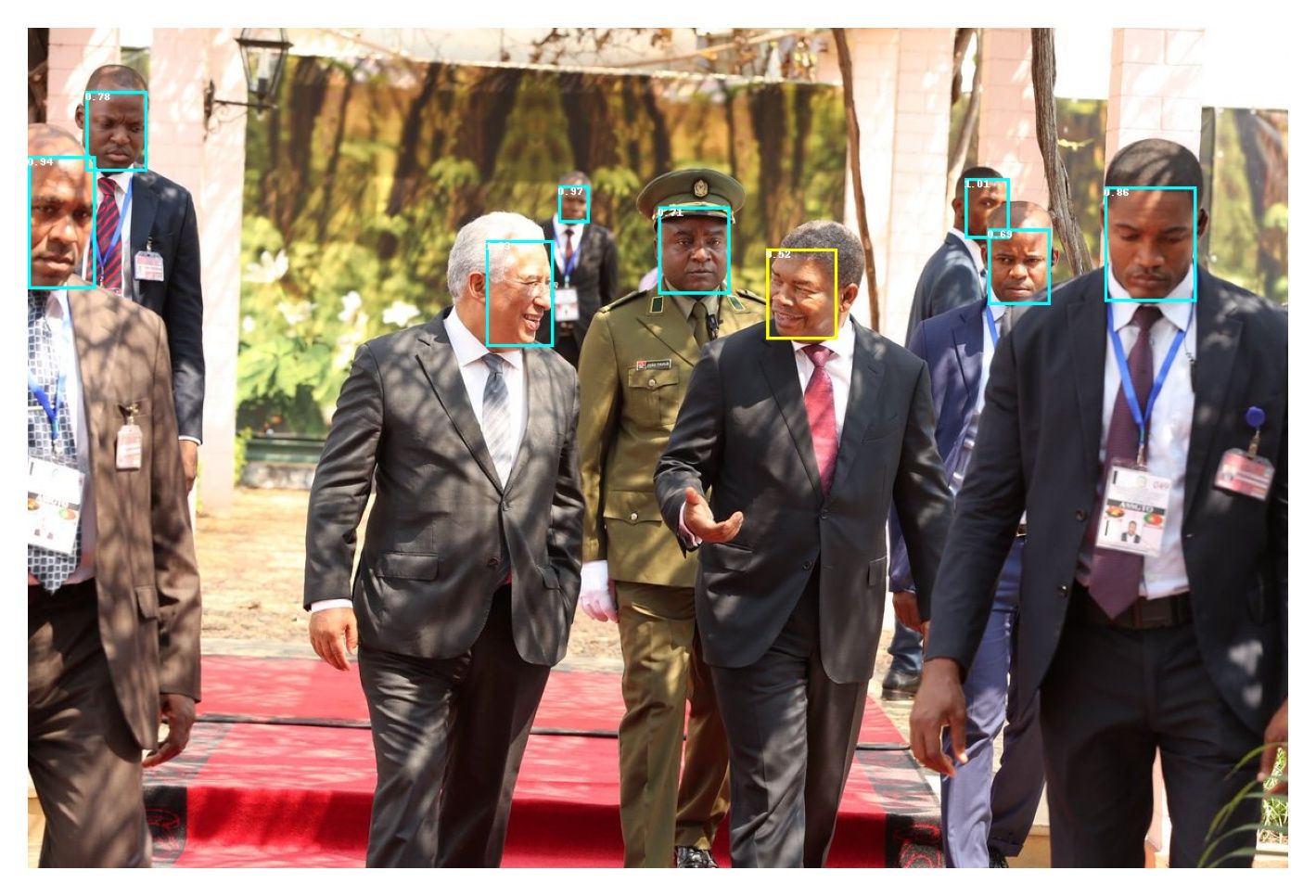Self-Portrayal of Leaders on Social Media
Social media platforms allow leaders to raise their profiles and directly communicate with citizens. The incentives for leaders to visually presenting themselves still differ.

To advance political communication research, we are examining social media, which allow political leaders to profile themselves through the news and communicate directly with citizens. Previous research has shown how effective visual representations are in influencing citizens' judgements of their politicians. To analyze these representations, we identified 602 heads of state who have governed in one of the 193 United Nations states in the last 10 years. They posted 1,317,885 images and videos on Twitter, which we collected for our dataset.
To study how heads of state portray themselves in the pictures they post, we use a face recognition algorithm. The algorithm checks whether a face in the picture resembles the politician's face. This algorithm was developed by a team of computer vision researchers, we only apply it to the faces of politicians in their own pictures. We further investigate whether politicians present themselves in company with other people and how high the proportion of women is. This requires another algorithm that can decide whether it is a woman's or a man's face.

Research Article
First insights into the results can be found in the following preprint.


